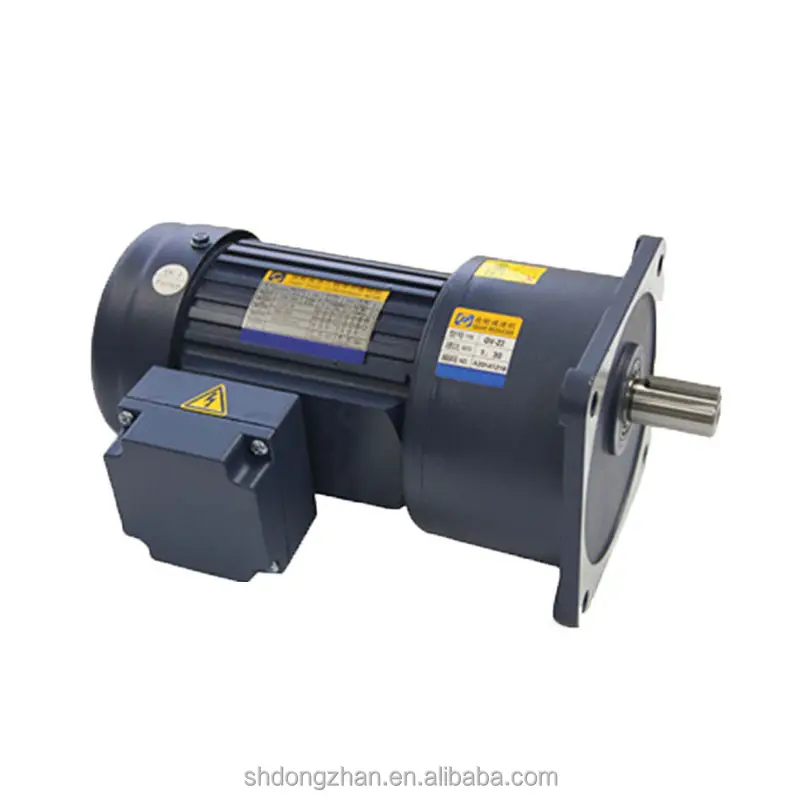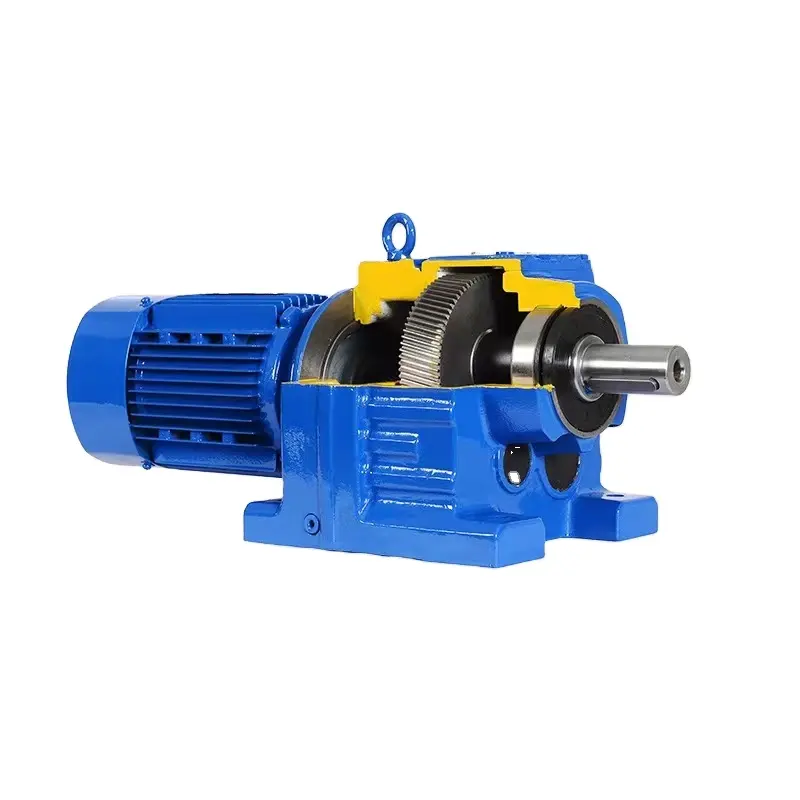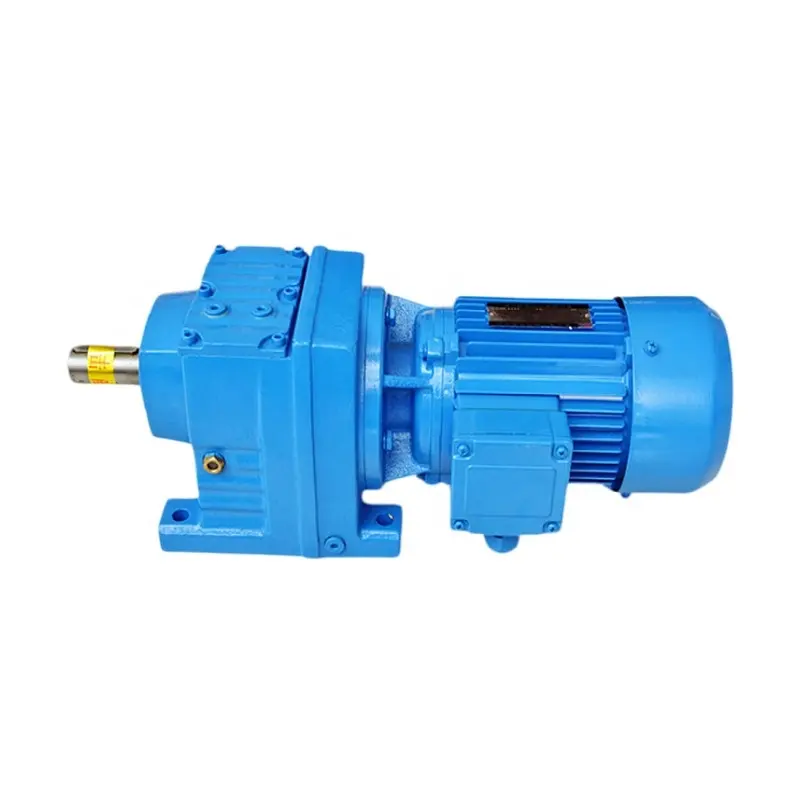gear motor types
Gear motors represent a sophisticated integration of an electrical motor and a gear reduction system, engineered to deliver precise control over speed and torque in various applications. These devices combine the high-speed rotation of an electric motor with a gear train system that reduces speed while multiplying torque output. Available in various configurations including helical, worm, planetary, and spur gear designs, each type offers specific advantages for different applications. The gear reduction mechanism effectively transforms the high-speed, low-torque output of the electric motor into a more manageable and useful low-speed, high-torque output. Modern gear motors incorporate advanced features such as variable speed control, thermal protection, and precision bearings to ensure reliable operation. They are extensively used in industrial automation, robotics, conveyor systems, and precision manufacturing equipment. The compact design of gear motors makes them ideal for applications where space is limited, while their robust construction ensures longevity in demanding environments. These units are available in various power ratings, gear ratios, and mounting configurations to accommodate diverse application requirements.


